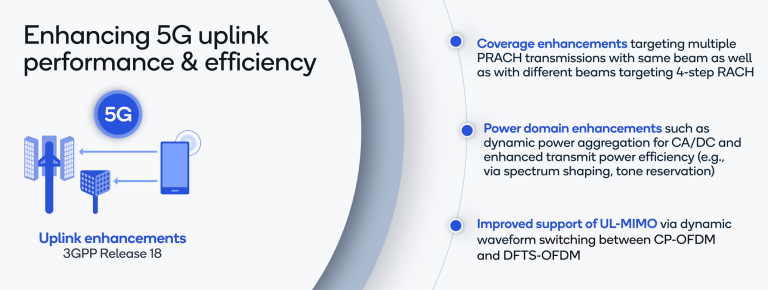Understanding Zero-Forcing Beamforming (ZFBF) in MIMO Communication Systems
telcomatraining.com – Zero-Forcing Beamforming (ZFBF) is a sophisticated signal processing technique widely used in modern wireless communication systems to enhance performance and reliability. By leveraging multiple antennas in MIMO (Multiple-Input Multiple-Output) configurations, ZFBF effectively eliminates interference between data streams, resulting in clearer signals and higher data transmission rates.
MIMO Communication Systems Explained
MIMO technology is a cornerstone of advanced wireless networks, including Wi-Fi, 4G, and 5G. In these systems, both the transmitter and receiver are equipped with multiple antennas. This configuration enables the system to utilize spatial dimensions to achieve significant performance gains. Compared to single-antenna systems, MIMO offers higher data rates, improved reliability, and enhanced capacity by transmitting multiple data streams simultaneously.
What is Beamforming?
Beamforming is a technique designed to direct signals toward specific receivers or focus on signals arriving from particular directions. This process involves applying precise weights to individual antennas, effectively concentrating signal energy where it is needed most. The result is improved signal strength, reduced interference, and more efficient use of wireless spectrum resources.
The Challenge of Interference in MIMO Systems
While MIMO systems excel at handling multiple data streams, interference between these streams can pose a significant challenge. When multiple users or data streams operate simultaneously, overlapping signals can degrade signal quality, reduce capacity, and impair overall system performance. Managing this interference is critical to ensuring reliable communication.
How Zero-Forcing Beamforming Works
ZFBF addresses the issue of interference head-on by leveraging mathematical principles to cancel out unwanted signals. The technique focuses on designing beamforming weights that eliminate interference at specific receiver locations. These weights are calculated using the channel matrix, which represents the relationship between transmit and receive antennas.
Mathematically, the received signal vector YYY can be expressed as: Y=H⋅W⋅XY = H \cdot W \cdot XY=H⋅W⋅X Where:
- HHH is the channel matrix,
- WWW is the beamforming weight matrix,
- XXX is the transmitted signal vector.
To achieve zero interference, the beamforming weight matrix WWW is calculated as the pseudo-inverse of HHH: W=(HH⋅H)−1⋅HHW = (H^H \cdot H)^{-1} \cdot H^HW=(HH⋅H)−1⋅HH This computation ensures that the signals intended for one receiver do not interfere with others, effectively “nullifying” the interference.
Enhancing Signal-to-Noise Ratio (SNR)
By eliminating interference, ZFBF significantly improves the signal-to-noise ratio (SNR) at the receiver. A higher SNR translates to better communication quality, increased data rates, and improved overall system performance. This makes ZFBF an indispensable technique in scenarios where multiple users or devices operate concurrently, such as in dense urban environments or large-scale wireless networks.
Advantages and Applications of ZFBF
ZFBF plays a crucial role in modern wireless communication, offering several key benefits:
- Enhanced Capacity: By eliminating interference, ZFBF enables the transmission of multiple data streams without compromising performance.
- Improved Signal Quality: Clearer signals ensure better user experiences, particularly in bandwidth-intensive applications like video streaming and online gaming.
- Efficient Spectrum Utilization: ZFBF maximizes the use of available spectrum, making it ideal for densely populated areas with limited frequency resources.
This technique is widely applied in technologies such as Wi-Fi 6, 5G networks, and advanced IoT systems, where efficient and reliable communication is paramount.
Conclusion
Zero-Forcing Beamforming (ZFBF) is a powerful tool in the realm of wireless communication, addressing the challenges of interference in MIMO systems. By leveraging advanced mathematical principles, ZFBF ensures high-performance, interference-free communication, paving the way for faster, more reliable wireless networks. As technology continues to evolve, ZFBF will remain a cornerstone of innovations in wireless connectivity.







